
The holiday season is fast approaching, which means many of us are scrambling to find new appetizer and snack recipes for our celebrations. You could spend hours in the kitchen cooking individual hors d’oeuvres, but few party snacks beat the ease and grandeur of a cheese board.
It’s hard not to like a cheese board: there’s truly something for everyone. Guests can build their ideal bites at their own leisure, and it requires more arranging than actual cooking. But at the same time, making your own cheese board can be an intimidating prospect.
How do you know what cheeses to include? What accompaniments belong on your board? How do you make a cheeseboard without dropping hundreds of dollars at the grocery store?
More From Delish
No need to fear: we’re here to break down everything you need to know about building a cheese board from start to finish at any price point. We consulted Craig Gile, Cheese Educator at Cabot Creamery, for insights about all things cheese. So the next time you’re hosting a holiday gathering, you can use this as your guide.
How To Approach A Cheese Board
There are infinite ways to transform milk into cheese. But at the most basic level, you can organize all cheeses into five primary categories: fresh, soft, semi-soft, semi-firm, and hard. To maximize variety and create the most exciting cheese board, it’s best to select at least one cheese from each category.
We’re giving each of these cheese types three recommendations that range from affordable to splurge-worthy. If you’re willing to spend a little extra for a special occasion, Gile recommends balancing your board with both budget-friendly and pricey picks.
“If you’re worried about investing too much in a cheese board, go with a range,” he says. “I always try to pick a centerpiece cheese and then build from there. It can be an interesting one that’s more on the expensive side, then the rest can be more affordable.”
You can also spruce up an affordable cheese board with other snacks like nuts, condiments, and a variety of crackers. Even making the effort to beautifully arrange your board will go a long way, according to Gile. “Nuts and snacks take up space, make the board seem fuller, and offset some of the cost of your cheeses.”
But no matter what cheeses you choose, Gile’s biggest piece of advice is to not take it too seriously. “Don’t overthink it. Get creative, don’t get anxious,” he says. “There’s no perfect way to do this. Just give yourself room to experiment.”
With that in mind, here are the five main categories of cheese and our favorite picks at every price point:
Fresh
This category covers all forms of cheese that don’t go through the aging process—so the flavor of the milk really shines through. This is a prime opportunity to experiment with different flavorings that complement the cheese.
As showstopping as burrata may look, it’s super simple: it’s a ball of mozzarella filled with creamy stracciatella. You can jazz it up with a drizzle of olive oil and a sprinkle of flaky salt, or maybe even a balsamic glaze if you’re feeling fancy. No matter how you serve it, make sure you give the burrata enough time to come to room temperature for optimal texture.
Vermont Creamery makes a wide array of high quality dairy products, but their goat cheese logs are our favorite. Each log of this tangy, spreadable cheese is coated in a sweet or savory seasoning blend. Their Everything version, however, strikes the perfect balance of savory and aromatic. Enjoying it on a cracker is basically like eating a bagel.
Robiola is made from cow’s, goat’s, and sheep’s milk—giving it a creamy and assertively tangy flavor. You can find it aged but the fresh version is more mild and approachable. If you want to amp up the sweetness, add a drizzle of honey.
Soft
Soft cheeses can vary by style, but typically go through a short ripening process that leaves the interior creamy. This category is often served heated, which maximizes the soft and melty texture. It also adds a level of excitement to your cheese board and can make even the most affordable pick feel luxurious.
Brie’s a classic cheese board addition for a reason: it’s smooth, buttery, and infinitely customizable. You can slice and serve it as is, or you can upgrade your wheel of brie by baking it with your favorite flavorings.
You may have seen viral videos of waiters scraping gooey melted Raclette directly off the wheel. This exciting experience doesn’t have to be limited to expensive restaurants. You can easily replicate the melty magic of Raclette for your own cheese board—just heat the cheese in a skillet and enjoy.
If you think brie is rich, then you haven’t tried Brillat Savarin. This French triple crème cheese has a fat content of around 40%. It has long been beloved for its decadent, creamy texture—it’s basically cheese in frosting form.
Semi-Soft
Semi-soft cheese is a broad definition that can apply to several styles on cheese. On one side of the spectrum, you can find pressed bricks that have a smooth, almost melty texture. And on the opposite end, there are washed rind cheeses that many refer to as “stinky.”
Muenster is a great budget pick because you truly can’t go wrong: it’s mild and buttery enough to pair with more assertive accoutrements like jam or olives. Its widespread appeal is a great choice if you’re feeding picky eaters. But the best part? It’s super affordable.
This Wisconsin-based creamery takes a classic Dutch-style gouda and cold smokes it over hickory chips to impart a delicately nuanced flavor. It’s creamy, sweet, and appeals to just about every cheese eater.
If you’re interested in exploring the stinky, washed rind end of the semi-soft spectrum, Saint Nectaire is the ultimate entry level option. This beloved French cheese has been made the same way since the 1600s and has a smooth, earthy, almost vegetal flavor.
Semi-Firm
The line between semi-firm and semi-soft can get blurry, but you can typically expect cheeses in the first category to be slightly less creamy than the latter. Most cheddars and aged Swiss cheeses fall into the semi-firm territory.
Tête de Moine is an Alpine cheese that’s known for its creative presentation. Rather than cutting into wedges, the cheese is traditionally shaved into thin ribbons. It can typically get pretty pricey, but Aldi’s affordable offering means you can feel fancy without having to spend much.
Cheddar is a natural choice in the semi-firm category—it’s familiar, widely loved, and can come at virtually any price point. You likely already have a favorite brand, but if you’re looking for an upgrade, you need to try Cabot’s 5 Year Cheddar. The extra aging amplifies the sharpness and lends a luxurious texture.
If you like Gruyere, you need to try Comté. This nutty Alpine-style cheese is made in eastern France and follows strict production guidelines. Depending on how aged it is, it can range from mild and fruit-forward to super savory. But you can trust that it’ll pair well with whatever else is on your board.
Hard
Hard cheeses have the least amount of moisture and often spend the most time aging. Rather than cutting cheese in this category into clean wedges, you’re better off using a knife to break it into bite-sized chunks. You can expect most hard cheeses to have a savory, intense flavor and a crystalline texture from the aging process.
Want the decadence and savoriness of Parmigiano Reggiano without having to make a major investment? Enter Grana Padano, the Italian cheese that’s a near perfect dupe. The production regulations are much less strict than the ones for Parm, so you can find it at a low price at places like Aldi and Trader Joe’s.
Piave is another hard Italian cheese that bears some resemblance to Parmigiano Reggiano. But it’s slightly more adventurous than the King of Cheeses: it tastes a bit sweeter and has a slightly funkier fruity flavor.
This French cave-aged cheese will make you do a double take. No, it’s not a canteloupe—but this bright orange cheese does have a hint of natural sweetness. Mimolette is nutty, salty, and may very well become your new favorite cheese.


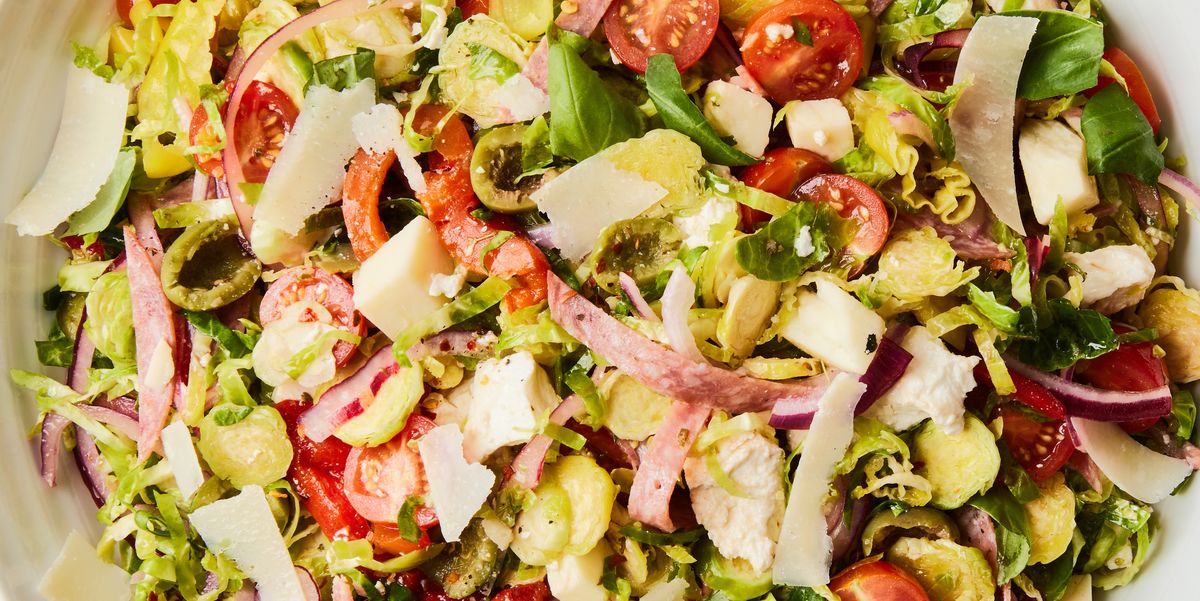
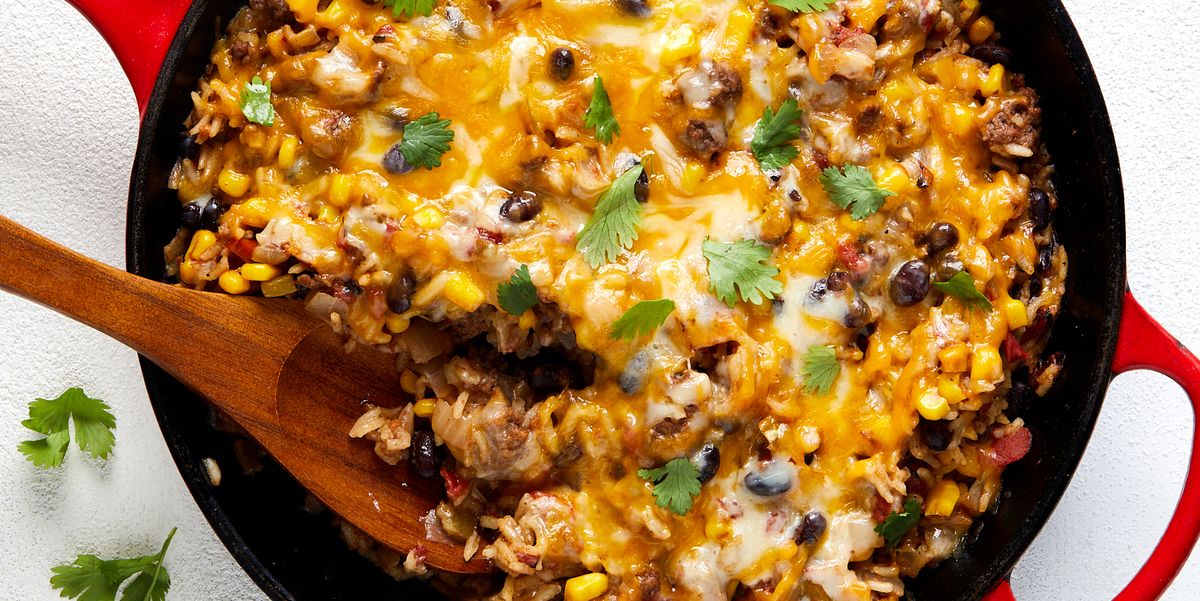
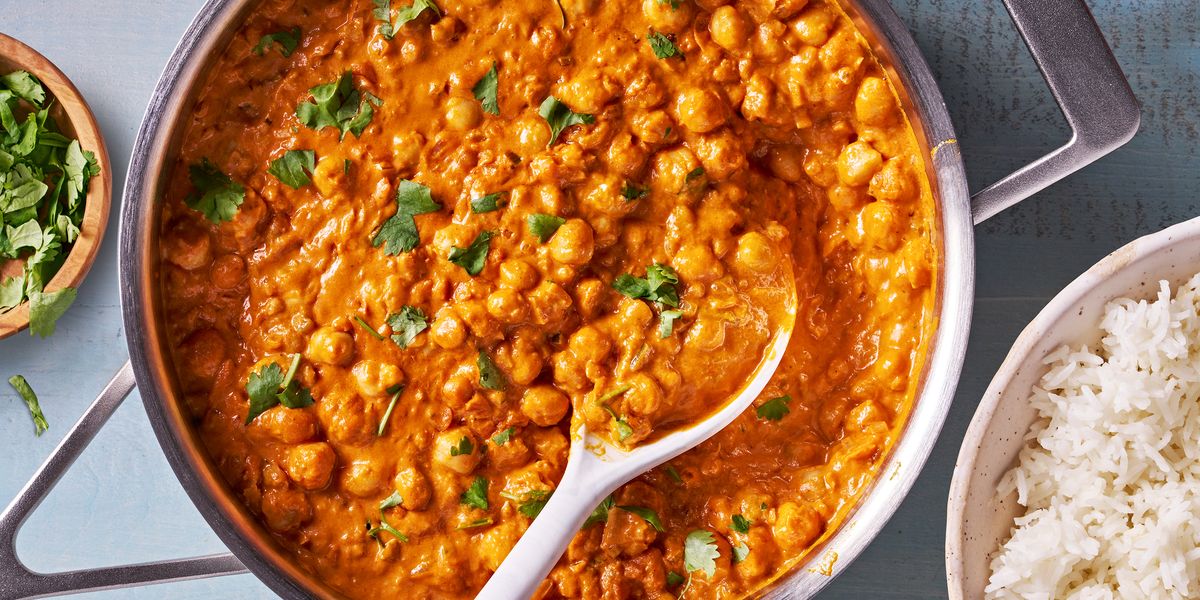


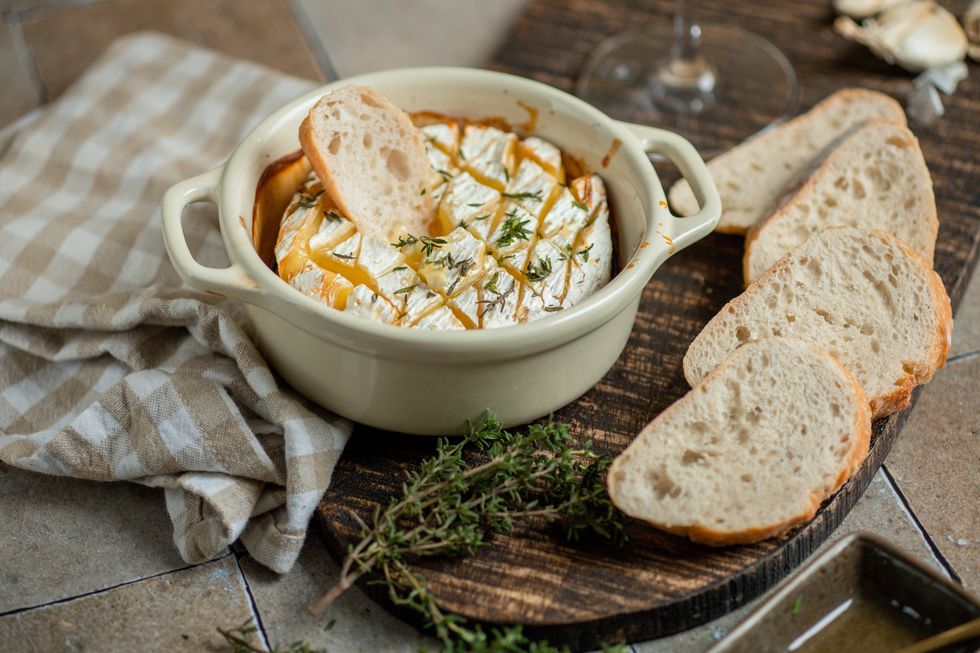
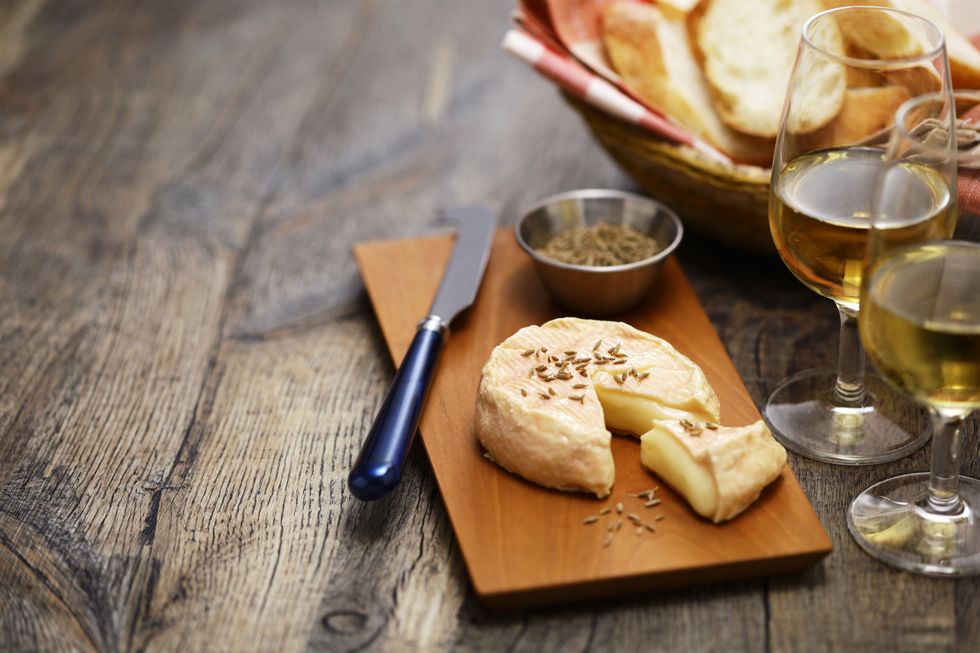
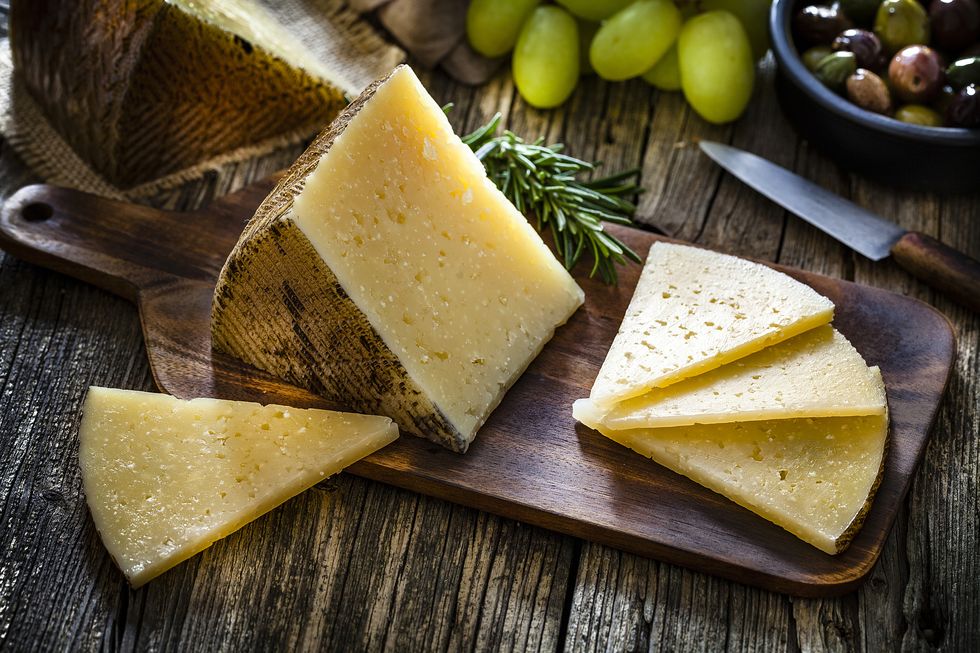








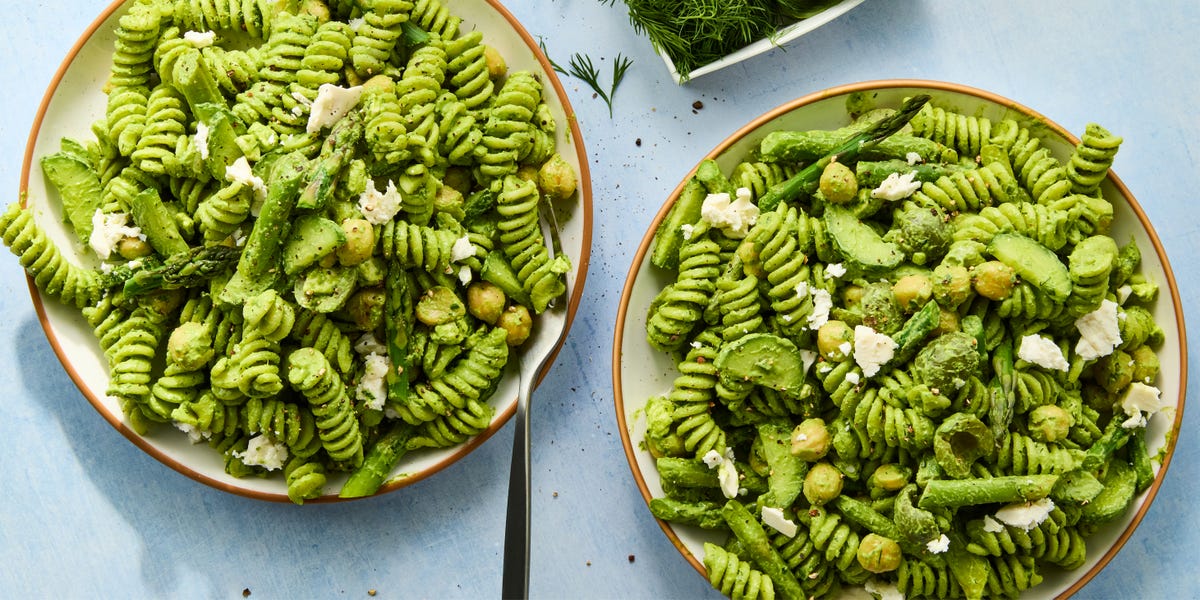

Leave a Reply